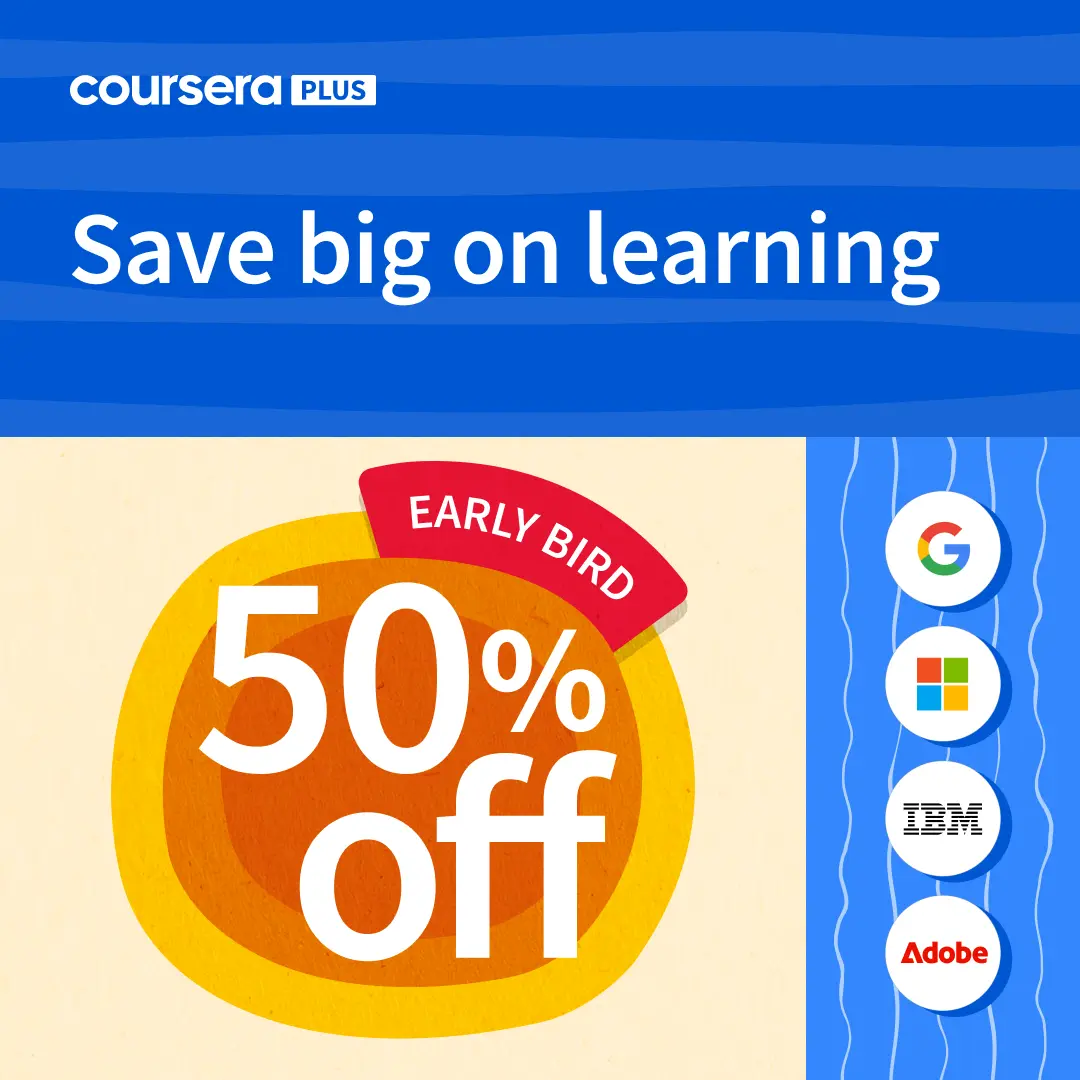
Mixing Things Up
10 Tips to Make Your Classes More Engaging for Students
Read a summary using the INOMICS AI tool
Teaching is an honorable, but difficult, job to do. Economics instructors working in higher education must rapidly and thoroughly communicate complex concepts and theories within tight semester time frames, effectively enough that most students will learn the concepts and pass the course.
As if this wasn’t hard enough, it can be very difficult to keep students’ attention during class time. We live in a world of constant distraction, and often it’s difficult for students to engage in classroom material – especially difficult material – for an entire classroom session.
The very best teachers know that engaged students learn well, and aim to make their classes not just informative, but also interesting and engaging. This is no easy feat; how can instructors make their economics classes more engaging?
INOMICS has collected some tips and tricks, some of which were inspired through our time in economics classrooms. Read on for our top 10 tips on how to better engage your students to help them stay focused and learn.
1. Ask questions and seek your student's opinions
One of the best ways to increase student engagement is to directly solicit their thoughts on the material at hand. Giving your students the expectation that you might call on them will inevitably cause them to handle the materials more critically, and pay more attention. It’s an excellent way of focusing students’ minds and instilling in them a healthy scepticism that’s essential to all good study.
Be wary, though, some students can be shy when it comes to contributing to class discussions. To counter this, try and create an atmosphere in which questioning is encouraged and students feel comfortable offering an opinion, even if they're unsure. If a student answers a question incorrectly, but elements of their answer are correct, be sure to acknowledge the good parts of their answer before calling on the next student. This will help all of your students recognize that participation won’t punish them.
Another tip - your more confident students are likely to be constantly participating while your more quiet students won’t get the chance to talk. To balance this out, ask for hands raised and call first on those students who don’t participate as much; consider “cold calling” students on occasion (but make sure this expectation is set beforehand); and do your best to respond encouragingly when the quieter students do choose to participate.

Image credit: pressfoto on Freepik.de.
2. Assess the level of knowledge in the room and tailor your teaching accordingly
Most classes that you’ll teach probably come with certain requirements about course content, including necessary prerequisites that students must pass first. Even so, your students will quickly grow bored and disengaged if your lecture material is either too basic or too advanced for them.
Mitigate this by ascertaining the class’ general level of ability, and adjusting the complexity of your teaching accordingly. For instance, this could be done by getting your students to do a short introductory quiz before your first class. This type of differentiation (or differentiated instruction) can help students stay engaged in various ways.
For example, advanced students will likely appreciate additional content (like proofs) that may not be core exam material. These types of students will typically ask questions proactively during the normal lecture to ask “why”, as they enjoy knowing the inner workings of the course’s content. These students might also appreciate assignments that include one or two very difficult questions that might be too hard for an exam, but great learning material for a more relaxed setting.
Meanwhile, students who might not be comfortable with prerequisite material would greatly benefit from quick refreshers. This can help them remember older material before learning new concepts that build on that older material. They might also appreciate a slower pace of lecturing that allows them time to take sufficient notes.
To this end, consider providing printable notes (with a few blank spaces to fill in) that students can bring to lecture. When students are merely copying down everything they hear, they might not have mental space to truly engage critically with the material. Pre-written notes or copies of your slides can make students feel more free to question, comment, and think about the material you're teaching, without missing important notes.
3. Get students to present work themselves
It's said that one of the best ways to understand something is to teach it, and you can use this to help your students learn. Including student presentations will work better for classes that have material that can be dissected and spark discussion, as opposed to classes that teach irrefutable truths. For example, a course about economic history or behavioral economics – where economic theories are still being tested and debated – will probably have more opportunities for good presentations than an advanced econometrics course, where quantitative truths are more or less irrefutable.
If time allows, consider asking each student to prepare a short presentation on each topic you plan to teach. You can use this as an introduction to your classes throughout the semester. For example, a course that discusses macroeconomic models or schools of thought (i.e., neoclassical vs. Keynesian theories) can feature a short student presentation about each model. This can give a high-level overview for the whole class, before you dive into the details.
4. Use multimedia like video or audio clips
Dropping a short video, image or audio clip into your presentations can help freshen the heavily text-based format of most lectures, and will help those students who are more visual or auditory-based learners. Video clips of interviews with prominent economists, about relevant historical events, or the like can be particularly effective. Humorous but relevant videos or images can also be highly effective.
For example, consider the below xkcd comic, shared during an intermediate economic statistics course:
Image credit: xkcd.
This comic is effective and engaging for a few reasons. First, for advanced students who already understand the basic differences between Bayesian and frequentist statistics (i.e., the fact that Bayesian statisticians use a prior distribution), this comic is pretty funny. It points out the absurdity of blindly trusting a frequentist approach all the time.
Second, for students who don’t get the comic, explaining the joke helps them understand the main difference between Bayesian and frequentist statisticians, at which point the comic becomes funny to them as well. Wanting to understand the joke also gives students motivation to think critically and engage with the learning process, so they can join in the fun.
Finally, the joke is actually very relevant to the class material. In this case, in order to understand the joke, the student must understand an important fact about Bayesian statistics and how it’s different than the frequentist methods.
Breaking up the monotony of a lecture with something humorous or interesting, but also informative and relevant, is a great way to keep students engaged.
5. Encourage group discussion
Consider breaking up your lectures by having a segment in which the class splits into small groups of 3-6 and discusses a topic or specific question amongst themselves. Good examples can include coming up with critiques of a specific economic model, attempting to derive a specific result from a model or a proof, listing examples of relevant economic policies, etc.
After 10 or so minutes of discussion each group should then report back the most interesting points their conversation brought up, hopefully then facilitating further class discussion. This also helps engage students who might be too shy to engage proactively with the entire class, as point number 1 discusses.

Image credit: cookie_studio on Freepik.de.
6. Change up the format of your classes
As countless studies have proven, it's difficult for any of us to concentrate for longer than an hour (many actually suggest the limit is closer to 45 minutes), so try breaking your classes into manageable chunks.
For example, if you have an hour to teach, you could give an introduction to the topic for 15 minutes, then give students 10 minutes to re-read the class material, follow this with a 20 minute discussion in small groups, and finally finish off with a 15 minute class discussion at the end.
Changing format frequently will help to keep students engaged. It might even benefit you to completely change the class format from one week to another. Consider which types of exercises or discussions lend themselves to the different topics in your course – group discussions might make a lot of sense for some topics, but perhaps short presentations or a pop quiz work better for others.
7. Set up a debate
In any field, there will be theories, models, or concepts which are contentious. Try splitting your class into small groups and asking them to present each side of an issue in a debate. In economics, this can include topics like the value of the different economic schools of thought, pros and cons of the minimum wage (or other economic policy proposals), whether technological progress is good or bad for the labor market, etc.
Even if students don't agree with the side that they've been asked to represent, this is a great way for them to practice argumentation and critical thinking skills, as well as learning the material at hand. And it can help to engage the class, breaking up the rhythm of typical lectures and notes.
8. Allow breaks or changes of setting in longer classes
It's a rare student who is capable of concentrating for the full length of a three hour lecture. Be realistic about the needs of your students (and of yourself as a teacher!) and allow short 5-10 minute breaks every hour or so, so people can stretch their legs, use the bathroom, and get a (possibly much needed) cup of coffee.
9. Work on your presentation skills
Many of the tips for giving a great presentation – having an engaging voice and attitude, knowing your material inside and out, engaging your audience with a bit of humor, asking questions, etc. – apply to teaching in the classroom too. Great instructors have mastered the art of giving a great presentation, and students absolutely notice which instructors are good at this type of public speaking versus those who are not.
10. Make use of technology
Don’t forget all that you learned during the pandemic! Continue to make use of the terrific technological tools that help make your teaching more engaging.
For instance, your institution may have an electronic content management system like Moodle or Blackboard where you can share materials and set up discussions for your class. Instant polls have become quite common in recent years, using apps like Socrative, Poll Everywhere, or Kahoot!. Using games to teach economics is also becoming quite popular, and can go a long way to helping your students stay focused.
It pays to try and stay abreast of new ways technology can be brought into the classroom to liven things up.
Header image credit: Pixabay.
-
- Programma di Dottorato
- Posted 1 month ago
Doctoral programme in Economics (MRes+PhD)
Starts 1 Oct at Economics, University of Surrey in Guildford, Regno Unito
-
- Conferenza
- Posted 2 weeks ago
43rd RSEP International Multidisciplinary Conference
Between 15 Oct and 17 Oct in New York City, Stati Uniti
-
- Conferenza
- Posted 1 week ago
Call for papers - 28th DNB Annual Research Conference
Between 11 Nov and 12 Nov in Amsterdam, Olanda














